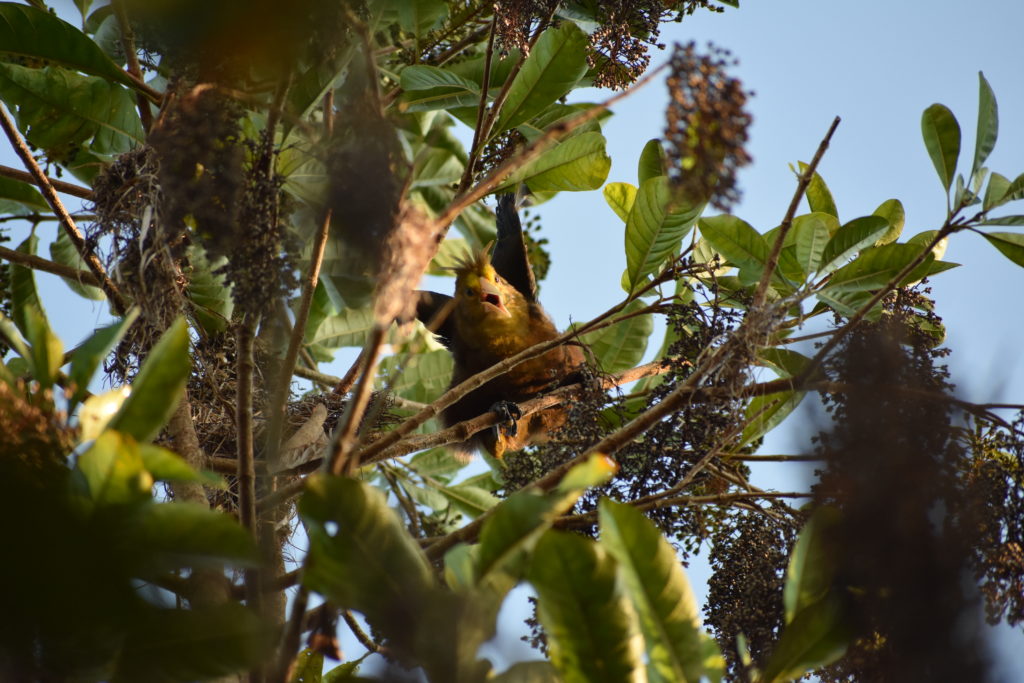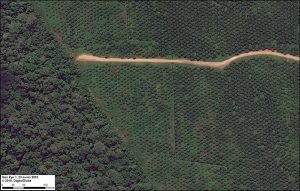Flor Rumayna’s story is one of strength in the face of adversity and of understanding that without protecting nature, we can’t thrive.
Deep in the Amazon rainforest of Peru, Flor and her husband Gilberto have been running this forest-friendly lodge for many years now, right on the edge of Huitoto Lake. The lush Amazonian forest surrounding the lake is the main draw for adventurers looking to experience nature firsthand.
But this is not paradise.
Flor’s life has been threatened many times. This region is particularly affected by illegal activities like gold mining and logging, and because Flor has kept her forest pristine, many try to take its natural resources by force.
Flor and her family have been fighting to protect this forest with all they have – but it hasn’t been enough. So, with the support of people like you, Friend of the Amazon, we stepped in to help.
Our Southwest Amazon Drone Center is training local landowners, indigenous communities, students, and government officials to use cutting-edge technology like satellite imagery, smartphone apps, and drones to monitor and stop deforestation. We provide locals the technology, knowledge, legal support and connections so they can safely and effectively take action on the ground.
Flor is one of the first women in Peru to be certified as a drone pilot. With our support – and yours – she is leading the path for others to take charge of conservation in a safe and effective way.





